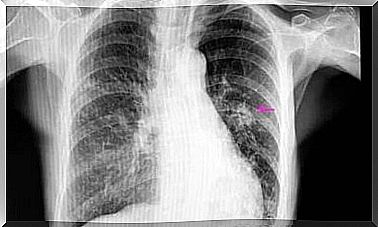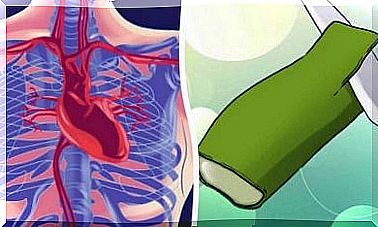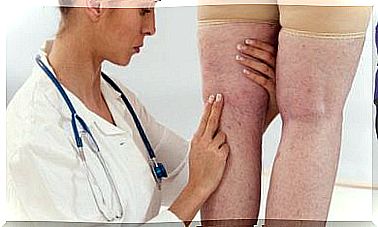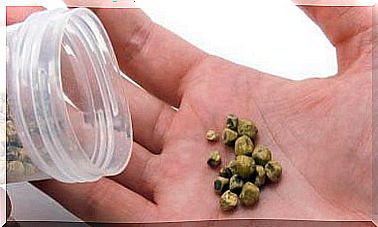Pathogenic Microorganisms In Food: The Unseen Danger
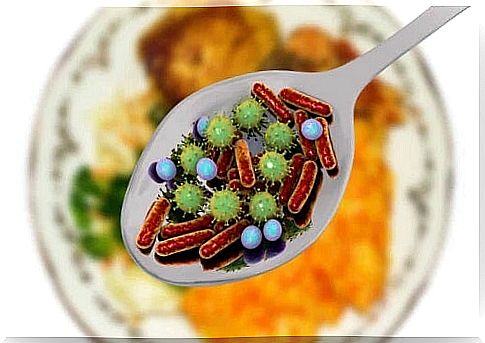
Are there pathogenic microorganisms in food? Yes. Pathogenic microorganisms in food can lead to the development of diseases in humans and animals. This will depend on the virulence of the agent, the infectious capacity and the amount present.
According to World Health Organization figures, 1 in 10 people get sick each year from consuming contaminated food and 420,000 die. The most affected are children, the elderly and people with a compromised immune system.
Why are there pathogenic microorganisms in food?
Pathogenic microorganisms may be present in food because they contaminate the place of production or the place of preparation.
1. Contamination in places where food is produced
There are many ways in which food is contaminated with pathogens: farms with contaminated soil or infested water for irrigation, improper use of manure, proximity between crops and animals, etc.
All these factors interact. The soil contains microorganisms that contaminate rainwater and groundwater. Water disperses microbes.
Poorly processed manure and feces from wild and domestic animals further increase this microbial load. Again, water sources will disperse it.
After food is contaminated for diseases to occur, pathogens must survive long enough and in sufficient quantity. This will depend on the characteristics and capabilities of each microorganism.
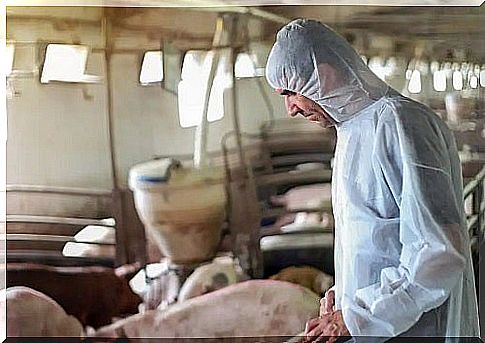
2. Contamination in places where food is prepared
Cross-contamination is the most common way food is contaminated with pathogens during preparation. It consists of the transfer of microbes from one raw food to another.
Hygiene habits and practices of food handlers are essential. Other elements intervene: towels, rags, uniforms, salt containers, spices and sauces.
In addition, with the digitalisation of food marketing, improper handling of mobile phones, computers, keyboards and tablets during food preparation becomes a considerable source of contamination. Not to mention the transfer of products.
Pathogenic microorganisms in food: unseen danger
Bacteria
There are many bacterial pathogens that can contaminate food. It should be noted that in many cases, the bacteria themselves do not cause disease, but their toxins do.
Here is a list of some of these bacteria:
- Campylobacter jejunii : meat, especially poultry; unpasteurized milk and contaminated water.
- Clostridium botulinum : meat, ham, vegetables and sauces preserved or stored in oil. Hollows or cracks in containers promote contamination. Another important source of this bacterium is honey, which should not be consumed by children under 1 year.
- Clostridium perfringens : meat, sauces and meat soups.
- Escherichia coli : water, unpasteurized milk, cheese, raw vegetables, fish and other products contaminated with feces. Hamburgers are especially sensitive.
- Listeria monocytogenes : milk, cheese and other unpasteurized products.
- Salmonella : meat from poultry and other farm animals. Products containing eggs.
- Shigella: contaminated water, milk, salad, chicken hulls and shellfish.
- Staphylococcus : meat, cream, milk, fish, boiled potatoes, potato salads and semi-prepared foods.
- Vibrio cholerae : water, vegetables, fish.
virus
Viruses are responsible for acute gastroenteritis that occurs at certain times of the year. Among them, we can mention adenovirus, human astrovirus, norovirus, rotavirus and hepatitis A virus.
Hepatitis A is the most common disease transmitted by a food virus. Hepatitis A virus is found in contaminated water, raw or poorly preserved foods and vegetables washed with contaminated water.
vermin
A parasite is an organism that lives on or inside a host organism and feeds to its detriment. Intestinal parasites can be single-celled microscopic organisms called protozoa or round, solid worms called helminths.
They are found in beef, pork, raw or semi-raw fish, fruits, vegetables and contaminated water. According to an article published by Chávez-Ruvalcaba et al., It is estimated that more than a fifth of the world’s population is infected with one or more intestinal parasites.
Protozoa
Among the protozoa, important intestinal pathogens such as Giardia lamblia and Entamoeba histolytica are noted . Another protozoan parasite that is important to highlight is Toxoplasma gondii . Infection during pregnancy can cause congenital toxoplasmosis, with malformations and severe sequelae in the newborn.
The latter disease is usually related to cats. But what many do not know is that the biggest source of contamination is the handling of raw meat (especially beef and pork) and vegetables.
Helminths or worms
There are flatworms like Taenia solium, which infects humans by eating pork. In its adult form it produces tapeworm and in the larval form cysticercosis. Cysts can migrate to the brain, producing a condition called neurocysticercosis .
There are also round worms. Ascaris lumbricoides is an example, whose eggs are found in plant foods.
Fungi or fungi
Many species contain substances that are toxic to humans and can cause severe poisoning.
Differentiating poisonous and non-poisonous wild mushrooms is a challenge even for the skilled eye. When in doubt, it is best not to take any risks.
There are also microscopic fungi that grow in humid environments and can proliferate in the refrigerator. Presence in food is an indicator that products are degrading and should not be consumed.
Recommendations for avoiding pathogenic microorganisms in food
1. Personal hygiene
We must wash our hands before touching the food or coming into contact with the utensils we are going to use for cooking. It is essential to wash your hands after going to the bathroom, stroking pets, handling money or working in the garden.
2. Proper cooking and preparation
You should avoid eating raw meat and try to cook it well. Dairy products must be pasteurized.

3. Avoid cross-contamination
Avoidance of cross-contamination is achieved by keeping all surfaces where food is stored clean.
4. Storage and refrigeration
It is essential to analyze the expiration dates of the products we buy and the instructions that appear on their label. Many foods should be eaten immediately after opening the package. Others must be kept at certain temperatures. The cold chain must always be observed.
5. Avoid consuming food from unsafe sources
Eating outside involves risks. Food is not always prepared in hygienic conditions. Are they stored correctly? Are they treated correctly? These are questions we should ask ourselves before eating.

